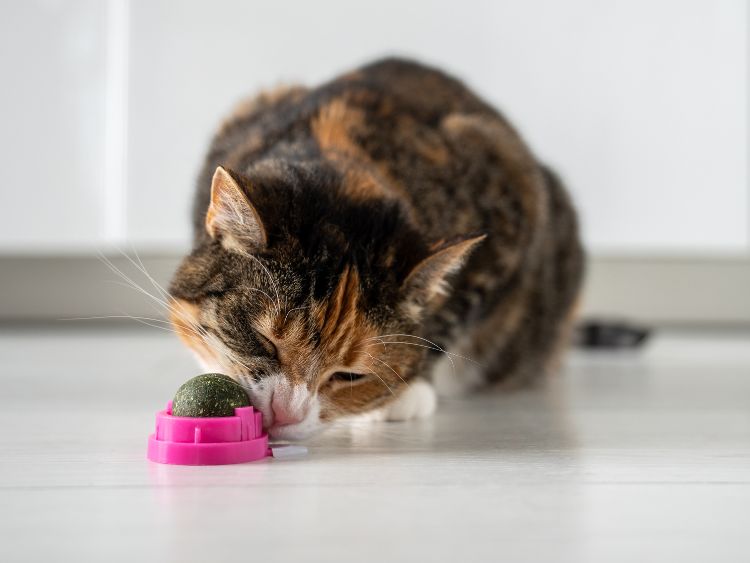Cats are fascinating creatures, renowned for their mysterious and often inscrutable behavior. While they may not speak our language, cats communicate volumes through their actions, body language, and vocalizations. Understanding what your feline friend is trying to tell you can enhance your bond and ensure their well-being. Here, we unravel the mysteries of cat behavior, shedding light on their most common gestures and what they signify.
The Tail Tells a Tale
A cat’s tail is a barometer of its feelings and intentions. A tail held high usually indicates confidence and contentment, signalling a happy and approachable cat. On the flip side, a tail tucked between the legs suggests fear or submissiveness – watch for the iconic “bottle brush” tail too, which signifies fright or agitation. When your cat flicks its tail back and forth rapidly, it’s likely irritated or overstimulated – acue to give them some space.
Those Eyes Speak Volumes
Cats communicate profoundly through their eyes. Slow blinking at a human is often referred to as a “cat kiss”, a sign of trust and affection. On the contrary, a direct stare can be a challenge in cat language, so it’s best to avert your gaze to show you’re not a threat. Dilated pupils can indicate excitement, surprise, or fear, depending on the context.
The Ears Have It
A cat’s ears are highly expressive. Erect and forward-facing ears indicate alertness and curiosity, while ears flattened sideways or back signal fear, aggression, or irritation. This is a clear sign to proceed with caution, as your cat is feeling threatened or annoyed.
Vocal Clues
Cats have a wide repertoire of vocalizations, from meows and chirps to growls and hisses. A meow directed at humans can signify anything from greeting to a request for food or attention. Chirping or chattering, often when observing birds, reflects your cat’s predatory excitement. Growling or hissing, however, are warnings to stay away.
Purring Perplexities
While purring is commonly associated with contentment, it’s not always a sign of happiness. Cats also purr when in pain, anxious, or even during childbirth, suggesting purring could also be a self-soothing behavior.
Litter Box Behavior
Litter box habits offer a window into your cat’s comfort and health. Issues such as avoiding the litter box, going outside of it, or changes in frequency and appearance of waste can signal medical problems or discontent with the litter box situation. Speaking of which, have you considered switching to a top entry litter box? This setup can significantly reduce mess and provide your cat with a more private and satisfying bathroom experience, addressing some common litter box complaints.
Understanding your cat’s behavior is a journey of observation and learning
Every cat is unique, and their ways of communication can vary. By paying attention to these signs and respecting their individual needs and boundaries, you’ll deepen your connection with your feline friend, ensuring a happy, healthy relationship for years to come.



